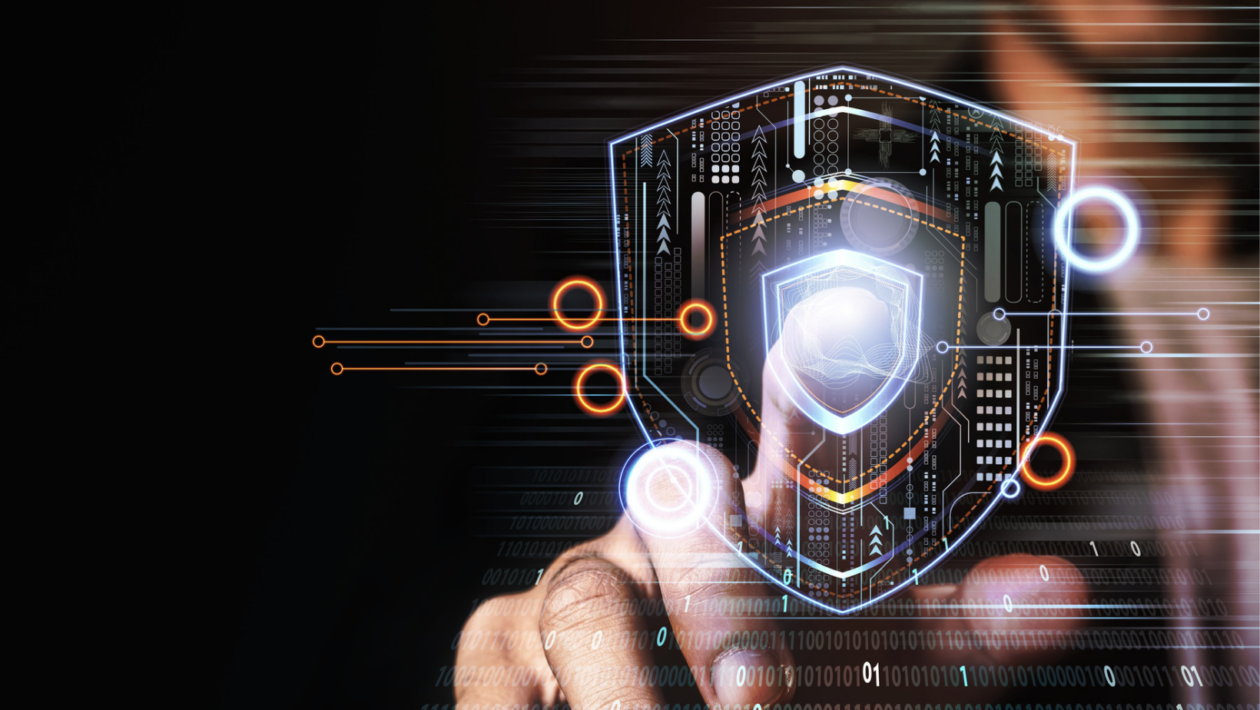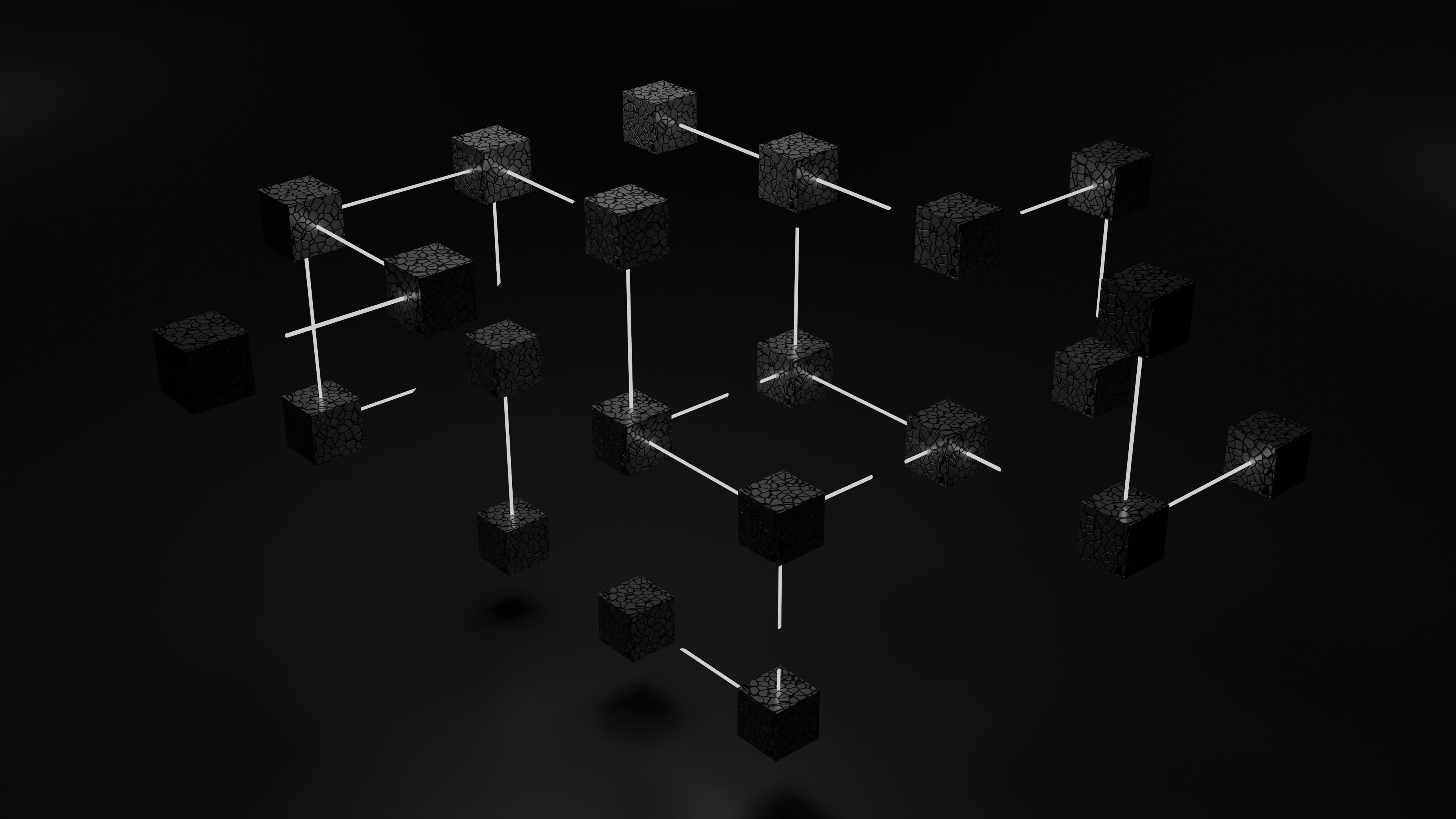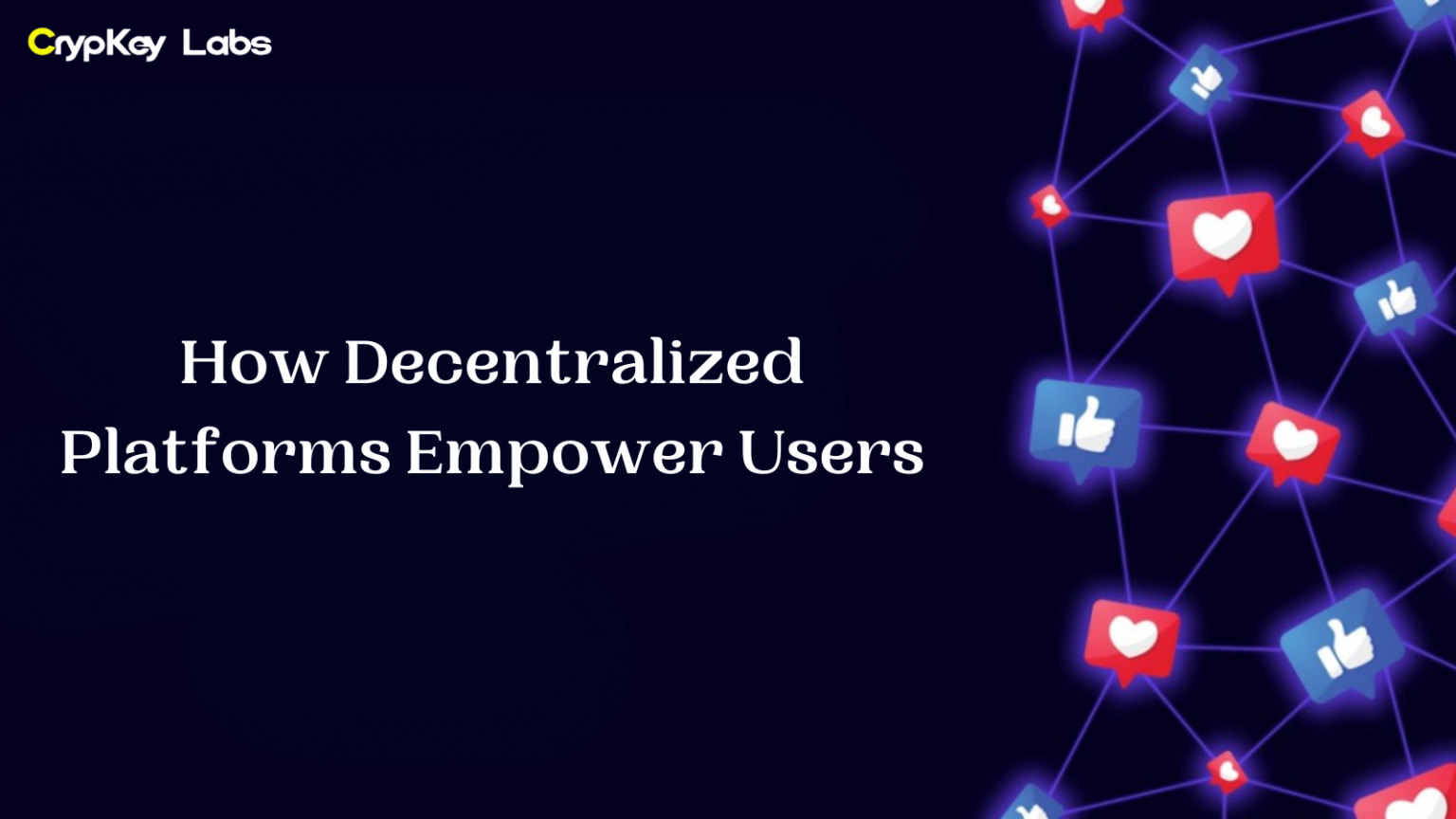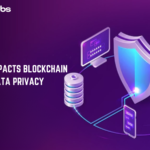Decentralized platforms operate on distributed networks rather than relying on a single central authority. Unlike traditional platforms where a central entity holds all the control, decentralized systems use blockchain technology and peer-to-peer networks to distribute power. This shift means users have greater ownership over their data, assets, and transactions.
Examples include:
- Decentralized finance (DeFi) platforms that offer lending, borrowing, and trading without banks.
- Decentralized social networks like Mastodon that promote free speech and resist censorship.
- File storage systems like IPFS (InterPlanetary File System) that store data across multiple nodes rather than on central servers.
The Core Benefits of Decentralized Platforms for Users
a. Ownership of Data
One of the most significant advantages of decentralized platforms is that users retain ownership of their data. In centralized systems, companies often harvest user data for profit, leading to privacy concerns and potential misuse.
Decentralized platforms, however, store data across a network of nodes and use encryption to protect personal information. This ensures that only the user controls their data, reducing the risk of breaches and unauthorized access.
Example:
- Decentralized social media platforms like Diaspora allow users to control their content and personal information, unlike traditional networks where data can be exploited for advertising revenue.
b. Financial Freedom with Decentralized Finance (DeFi)
Decentralized finance eliminates intermediaries like banks and payment processors, giving users direct access to financial services. This leads to faster transactions, lower fees, and greater inclusivity for people without access to traditional banking.
Key Benefits of DeFi:
- Peer-to-peer lending and borrowing.
- Decentralized exchanges (DEXs) for trading without intermediaries.
- Yield farming and staking for earning passive income.
Examples: Platforms like Uniswap and Aave enable users to trade or lend cryptocurrencies directly, earning returns without relying on a central authority.
c. Greater Security and Transparency
Centralized platforms are prone to single points of failure—a single breach can expose millions of users. Decentralized systems, on the other hand, distribute data and operations across many nodes, making them significantly harder to hack.
Additionally, blockchain’s transparent nature allows anyone to verify transactions and smart contract code, enhancing trust.
Example: Bitcoin’s decentralized network has operated securely for over a decade, demonstrating the resilience of decentralized systems.
d. Freedom from Censorship
Decentralized platforms promote freedom of expression by removing the ability of a single authority to control content. Users can share information without fear of arbitrary censorship or manipulation.
Example: Platforms like LBRY and PeerTube offer decentralized video-sharing solutions where creators have full control over their content.
How Decentralized Governance Empowers Users
Decentralized governance refers to systems where users collectively make decisions about platform policies and future developments. Unlike traditional companies where executives dictate rules, decentralized autonomous organizations (DAOs) give users voting rights proportional to their token holdings.
Benefits of Decentralized Governance:
- Increased user trust through democratic decision-making.
- Community-driven innovation and responsiveness to user needs.
Example: MakerDAO allows users to participate in decisions affecting the DAI stablecoin’s ecosystem, giving the community a voice in critical matters.
Economic Empowerment Through Tokenization
Many decentralized platforms utilize tokens to incentivize user participation. By contributing to the platform—whether by providing computing power, creating content, or validating transactions—users can earn tokens that have real-world value.
Types of Tokenized Incentives:
- Play-to-Earn (P2E) games where players earn cryptocurrency.
- Staking and liquidity mining where users lock tokens to earn rewards.
Example: Axie Infinity, a popular blockchain-based game, allows players to earn cryptocurrency by participating in battles and breeding virtual creatures.
Challenges to Decentralized Platforms and How They’re Evolving
Despite their many benefits, decentralized platforms face several challenges:
Scalability:
- Blockchain networks like Ethereum have experienced congestion, leading to slow transaction times and high fees. Layer 2 solutions like Polygon aim to solve this issue by processing transactions off-chain.
User Experience:
- Many decentralized platforms are complex and less user-friendly than their centralized counterparts. Improved interfaces and educational resources are addressing these gaps.
Regulatory Uncertainty:
- Governments worldwide are grappling with how to regulate decentralized platforms. Clearer regulations will be crucial for mass adoption.
The Future of User Empowerment with Decentralization
The future of decentralized platforms looks promising. As blockchain technology matures, we can expect:
- More seamless integration with everyday applications.
- Wider adoption of Web3 technologies that prioritize user sovereignty.
- Enhanced interoperability between decentralized systems.
Ultimately, decentralized platforms are poised to reshape the internet, making it a more equitable, secure, and user-centric space.
Conclusion
Decentralized platforms represent a transformative shift in how users interact with digital services. By returning control over data, finances, and governance to the people, these platforms empower users in ways that centralized systems never could. As technology continues to evolve, embracing decentralization can lead to a more secure, transparent, and inclusive digital future. It’s time to take back control and explore the world of decentralized possibilities.







